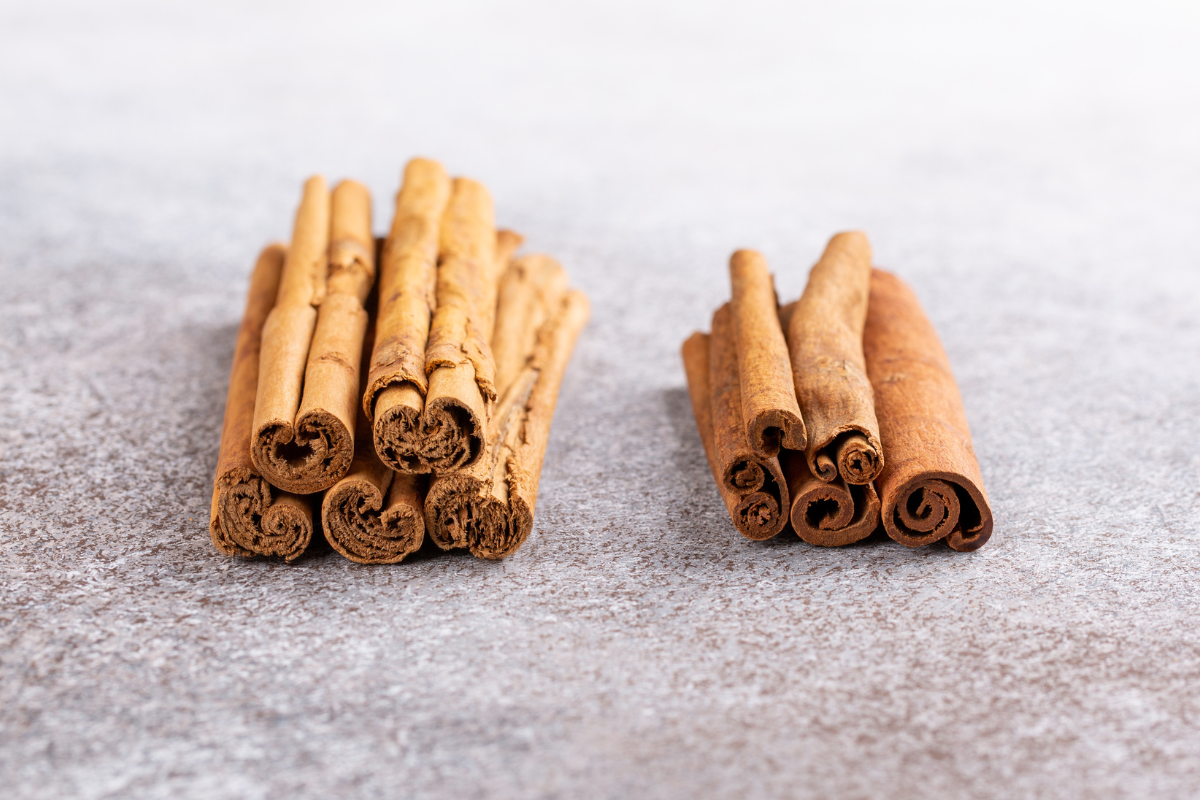When it comes to cinnamon, most people are familiar with the warm, sweet flavor it adds to dishes and beverages. However, what many may not realize is that not all cinnamon is created equal. Two primary varieties dominate the market: Ceylon Cinnamon and Cassia.
Let's explore the differences between these two types of cinnamon, including their unique characteristics and potential health implications.
Origins and Cultivation
Ceylon Cinnamon, also known as "true cinnamon," hails from Sri Lanka, a tropical island nation in South Asia. It is derived from the inner bark of the Cinnamomum verum tree, a species native to Sri Lanka and certain parts of India. Ceylon Cinnamon is harvested by carefully stripping the thin, delicate bark from the tree's branches, which is then sun-dried and rolled into quills.
Cassia cinnamon comes from several species of the Cinnamomum genus, primarily Cinnamomum cassia and Cinnamomum burmannii. Cassia cinnamon is cultivated in various regions, including China, Indonesia, and Vietnam. Unlike Ceylon Cinnamon, Cassia Cinnamon has a stronger, more intense flavor and is harvested by cutting thicker bark from the tree's trunk.
Flavor and Aroma
One of the most notable differences between Ceylon Cinnamon and Cassia is their flavor profile. Ceylon Cinnamon is characterized by its subtle, sweet taste with citrusy undertones and a mild aroma. It has a delicate, complex flavor that enhances dishes without overpowering other ingredients. In contrast, Cassia Cinnamon has a bolder, spicier flavor with a hint of bitterness. Its aroma is stronger and more pungent than that of Ceylon Cinnamon.
Coumarin Content
Coumarin is a natural compound found in both Ceylon Cinnamon and Cassia, but in varying concentrations. High levels of coumarin can be harmful to the liver and may cause adverse health effects, especially when consumed in large quantities over an extended period. Ceylon Cinnamon contains significantly lower levels of coumarin compared to Cassia, making it a safer option for regular consumption.
Health Implications
Due to its lower coumarin content and milder flavor, Ceylon Cinnamon is often preferred by health-conscious consumers. Research suggests that Ceylon Cinnamon may offer several health benefits, including:
Blood Sugar Regulation: Ceylon Cinnamon may help improve insulin sensitivity and lower blood sugar levels, making it beneficial for individuals with diabetes or insulin resistance.
Heart Health: Some studies suggest that Ceylon Cinnamon may reduce risk factors for heart disease, such as high blood pressure and cholesterol levels.\
Anti-inflammatory Effects: Ceylon Cinnamon possesses anti-inflammatory properties that may help alleviate inflammation and reduce the risk of chronic diseases.
Now with Cassia Cinnamon containing higher levels of coumarin, it may pose risks to certain individuals, particularly those with liver conditions or who consume large amounts of cinnamon regularly.
While both Ceylon Cinnamon and Cassia offer unique flavors and aromas, they differ significantly in terms of coumarin content and potential health implications.
Ceylon Cinnamon is prized for its delicate taste, lower coumarin levels, and potential health benefits, making it a preferred choice for many consumers.
Whether you're adding cinnamon to your favorite recipes or seeking its health-promoting properties, understanding the difference between Ceylon Cinnamon and Cassia can help you make informed choices and enjoy the spice to its fullest.


0 comments